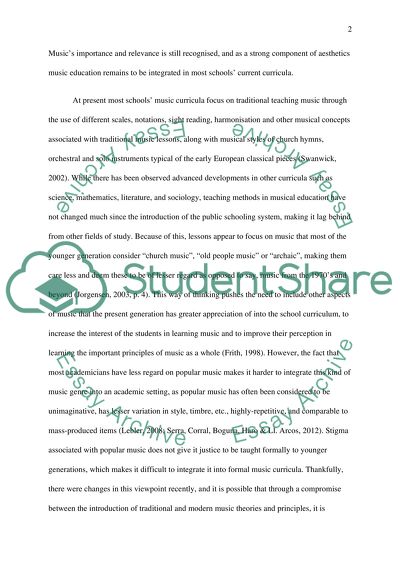Cite this document
(“The Introduction of Popular Music in School Music Curriculum Essay”, n.d.)
Retrieved from https://studentshare.org/education/1498935-the-introduction-of-popular-music-in-school-music-curriculum
Retrieved from https://studentshare.org/education/1498935-the-introduction-of-popular-music-in-school-music-curriculum
(The Introduction of Popular Music in School Music Curriculum Essay)
https://studentshare.org/education/1498935-the-introduction-of-popular-music-in-school-music-curriculum.
https://studentshare.org/education/1498935-the-introduction-of-popular-music-in-school-music-curriculum.
“The Introduction of Popular Music in School Music Curriculum Essay”, n.d. https://studentshare.org/education/1498935-the-introduction-of-popular-music-in-school-music-curriculum.


